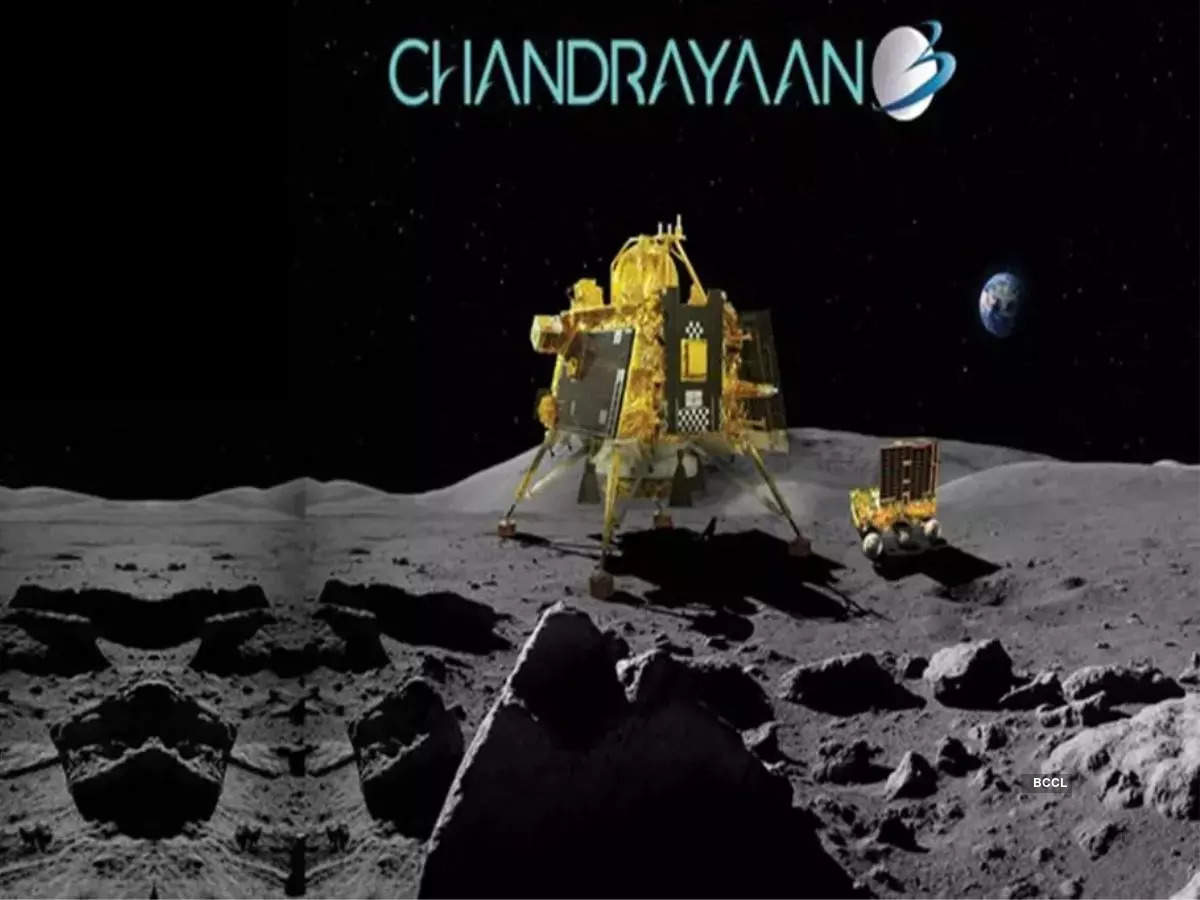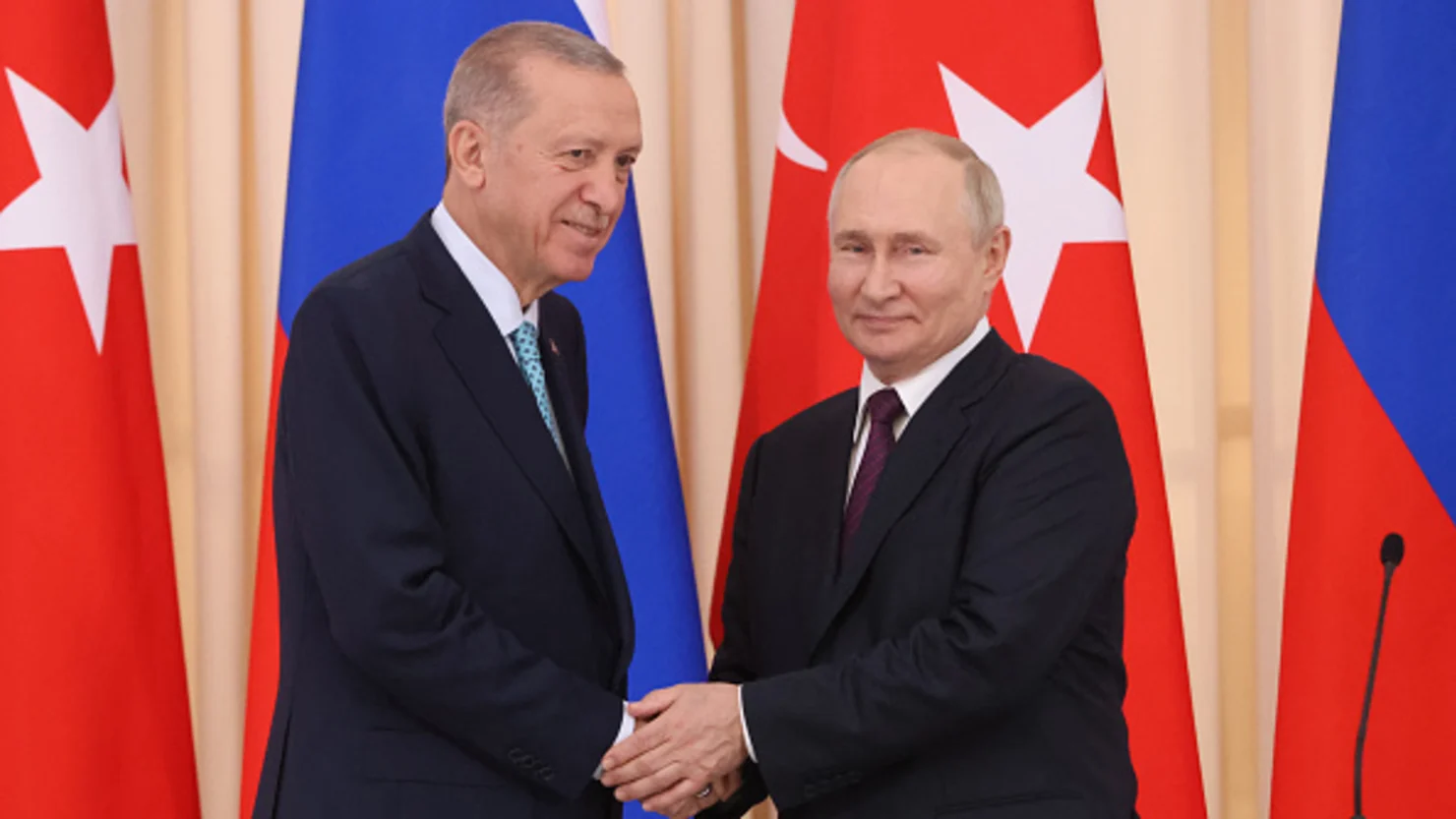In a world where space exploration has often been dominated by superpowers like the U.S. and Russia, India's recent successful mission to the Moon has made headlines and shifted geopolitical dynamics. On August 23, 2023, India's Chandrayaan-3 spacecraft successfully landed on the Moon's south pole, a feat no other nation has achieved. This mission, executed by the Indian Space Research Organisation (ISRO), not only showcased India's technological expertise but also signaled its rising stature on the global stage.
Why the Moon?
India's journey to the Moon was not just about scientific exploration. While the mission aimed to study the lunar south pole's potential water ice reserves, which could be crucial for future Moon missions or colonies, there were deeper motivations at play. The mission was a testament to India's capabilities, executed on a modest budget of around $70-74 million USD, showcasing its cost-effective approach to space exploration.
The decision to venture into space is multifaceted. On one hand, it's about national pride and showcasing technological expertise. On the other, it's a strategic move, both economically and geopolitically. The success of Chandrayaan-3 is expected to boost India's growing private space sector, attracting global investments and partnerships. With over 150 space startups and a burgeoning private market, India is positioning itself as a significant player in the global space economy.
Geopolitics behind
The geopolitical implications of Chandrayaan-3 are profound. In the backdrop of a rising China with its ambitious space program, India's successful Moon landing serves as a counterbalance in the region. By achieving this, India has not only asserted its technological capabilities but also signaled its intent to be a major player in the new space race.
Prime Minister Narendra Modi's administration has been keen on showcasing India as a global power. The Moon mission aligns perfectly with this vision. Internally, it boosts national pride and showcases the government's commitment to science and technology. Externally, it positions India as a formidable space power, capable of collaborating with nations like the U.S. and challenging competitors like China.
Modi's emphasis on the mission's success is evident in his statements, where he described it as "a victory cry of a new, developed India." Such proclamations are not just for domestic consumption. With the G20 leaders' summit on the horizon and India's hosting duties, the timing of the mission's success couldn't have been more opportune. It provides Modi with a significant diplomatic tool, showcasing India's capabilities and its potential role in future international space collaborations.
The Road Ahead
While the Chandrayaan-3 mission is a significant milestone, it's just the beginning for India. With plans for further space exploration, including missions to study the sun and send astronauts into space, India is poised to further its position in the global space community.
In conclusion, India's successful Moon landing is not just a scientific achievement; it's a statement. A statement of intent, capability, and ambition. As the world watches, India has firmly planted its flag on the lunar surface, signaling its readiness to play a pivotal role in the geopolitics of space exploration.










Trackbacks and Pingbacks